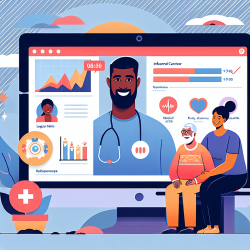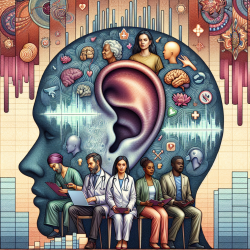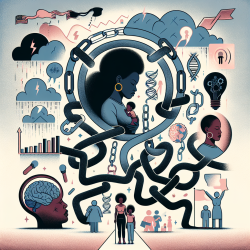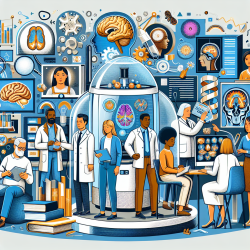Introduction
In the realm of speech-language pathology, leveraging data-driven insights and innovative technologies can significantly enhance therapeutic outcomes for children. A recent study titled "Effects of multimodal explanations for autonomous driving on driving performance, cognitive load, expertise, confidence, and trust" provides valuable insights that can be translated into our field to improve practitioner skills and client outcomes.
Understanding the Study
The research explored how AI-driven coaching, through various explanatory modalities, impacts learning outcomes. Participants were exposed to different types of explanations ('what' and 'why') and modalities (auditory and visual), and their effects on performance, cognitive load, expertise, confidence, and trust were measured. The findings underscore the importance of modality-appropriate explanations in enhancing learning without overwhelming the learner.
Applying Insights to Speech-Language Pathology
As practitioners, we can draw parallels from this study to refine our approaches:
- Modality-Appropriate Explanations: Tailor explanations to suit the modality that best supports the child's learning style. For instance, visual aids might be more effective for children who struggle with auditory processing.
- Balancing Information Load: Just as the study highlighted the risk of cognitive overload, we must ensure that our therapeutic interventions are paced appropriately to avoid overwhelming the child.
- Building Trust and Confidence: The study found that trust in the AI coach enhanced learning outcomes. Similarly, building a trusting relationship with our clients can foster a more conducive learning environment.
Encouraging Further Research
This study opens avenues for further exploration in our field. Investigating how AI can be integrated into speech-language therapy to provide personalized feedback and adaptive learning experiences could revolutionize our practice. Moreover, understanding the cognitive load implications of various therapeutic techniques can help optimize intervention strategies.
Conclusion
Incorporating data-driven insights and innovative technologies like AI into our practice can significantly enhance therapeutic outcomes for children. By focusing on modality-appropriate explanations, balancing information load, and building trust, we can create a more effective and supportive learning environment. For those interested in delving deeper into the research, I encourage you to explore the original study: Effects of multimodal explanations for autonomous driving on driving performance, cognitive load, expertise, confidence, and trust.










